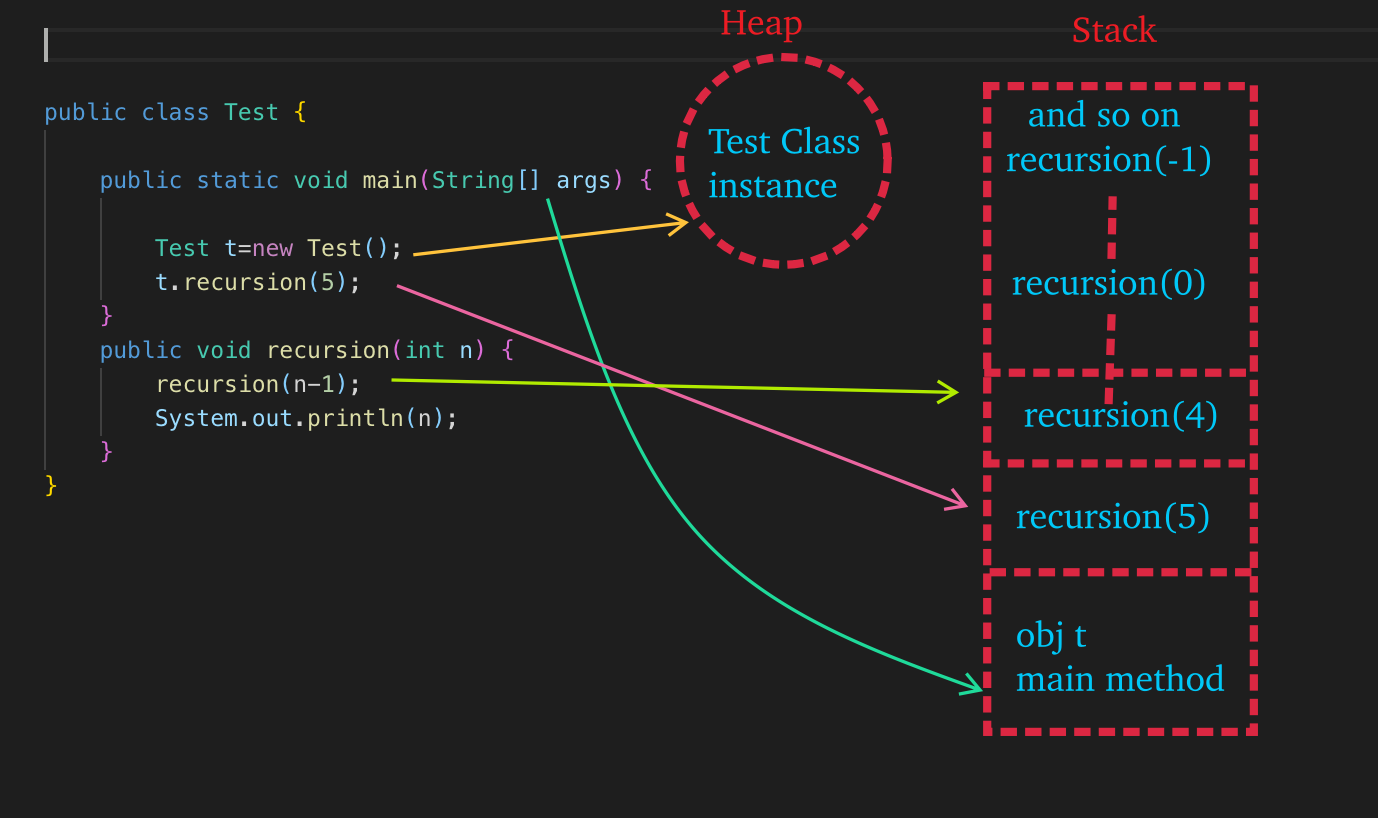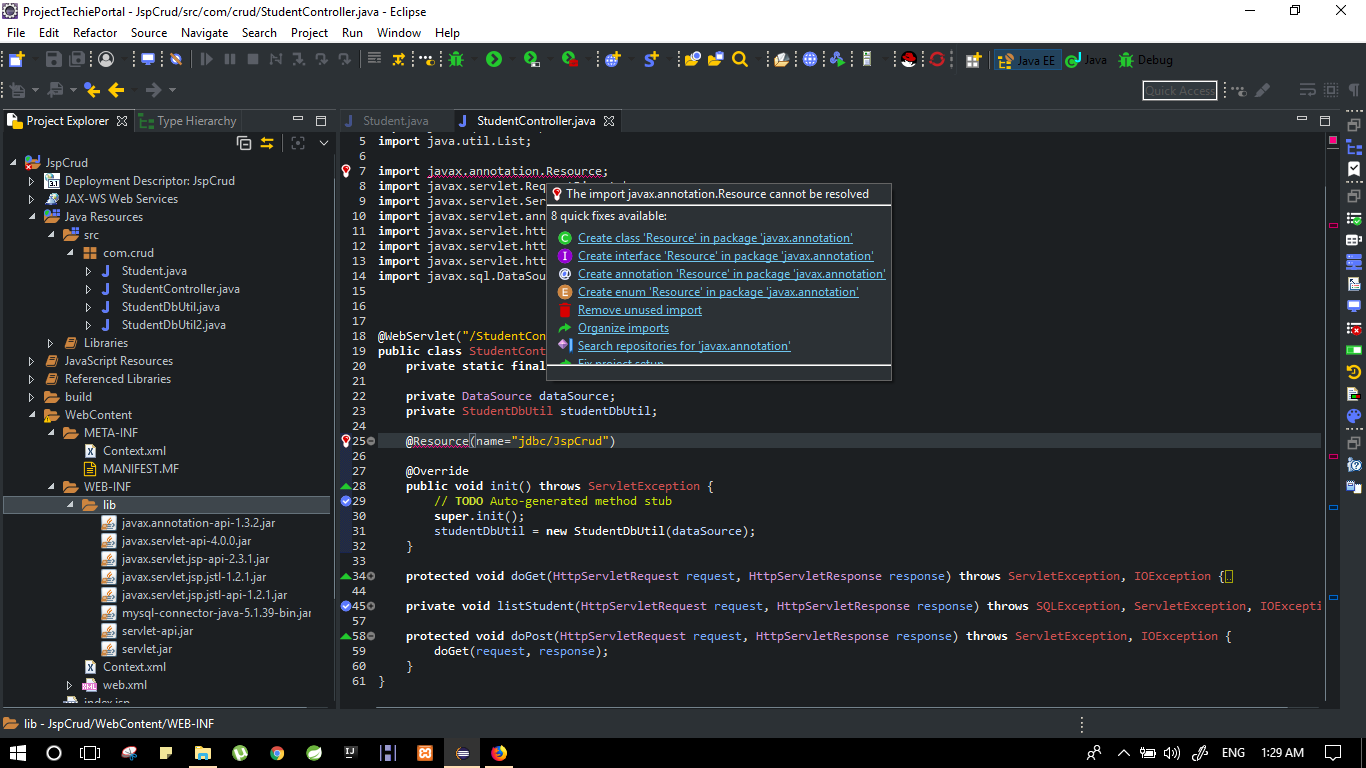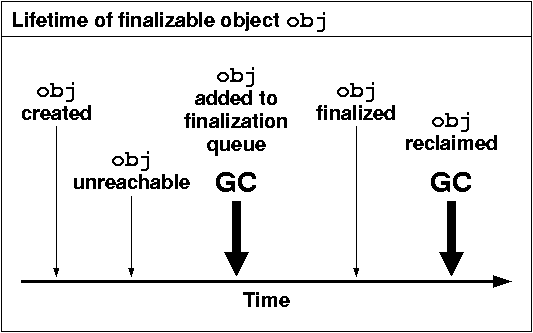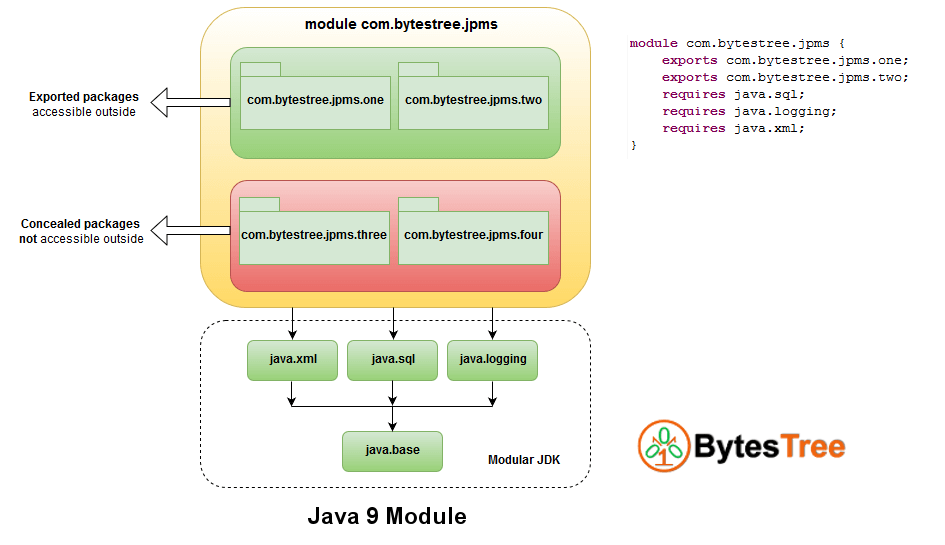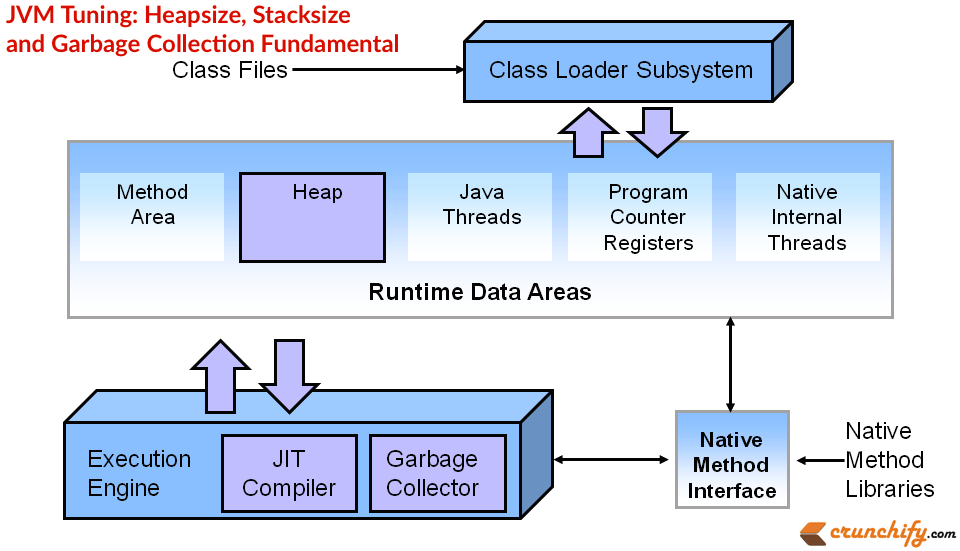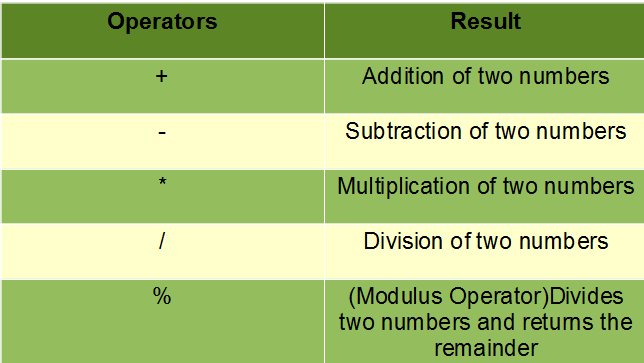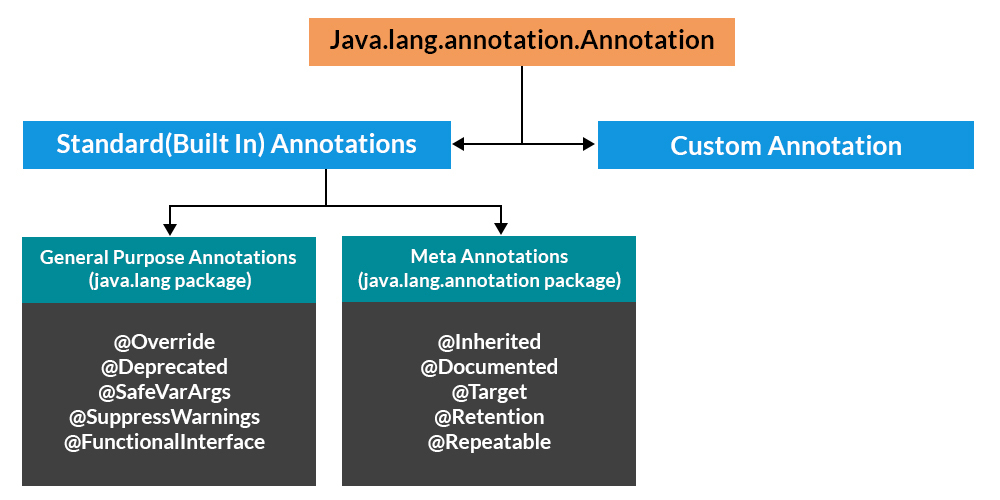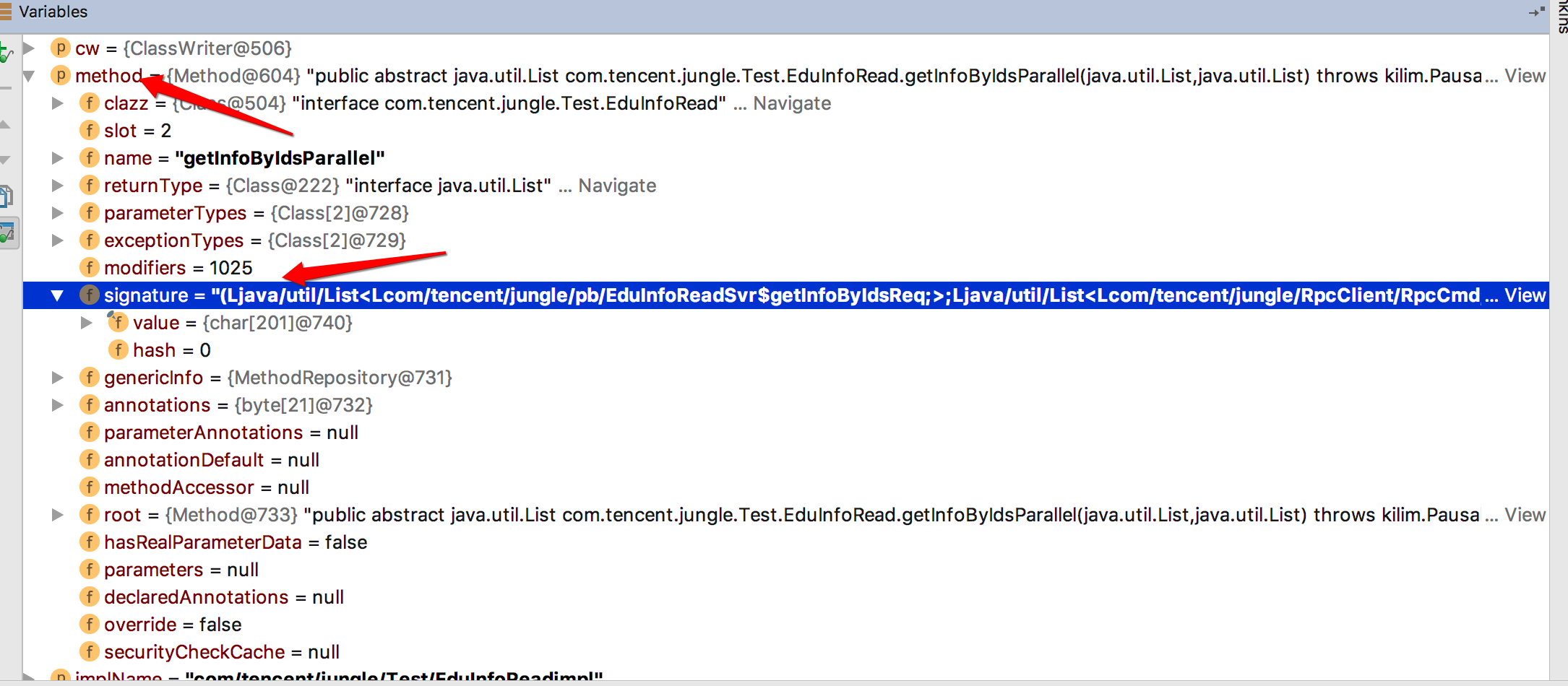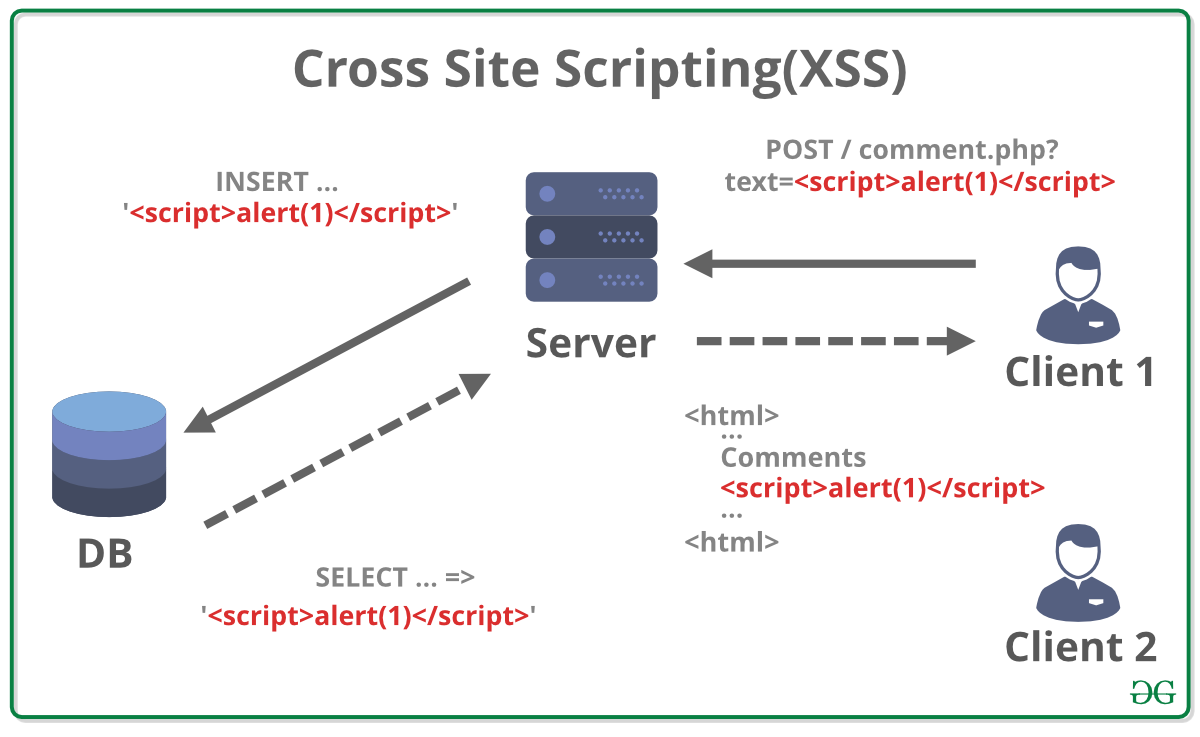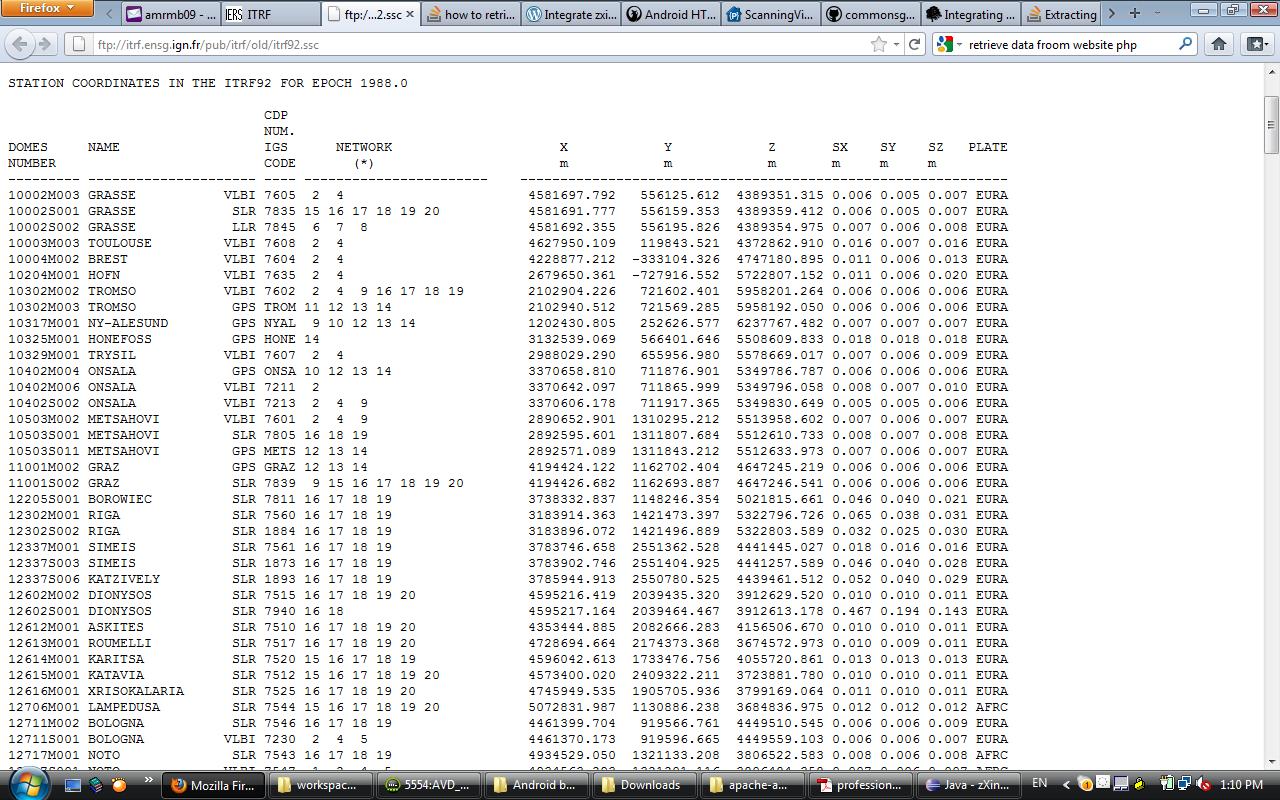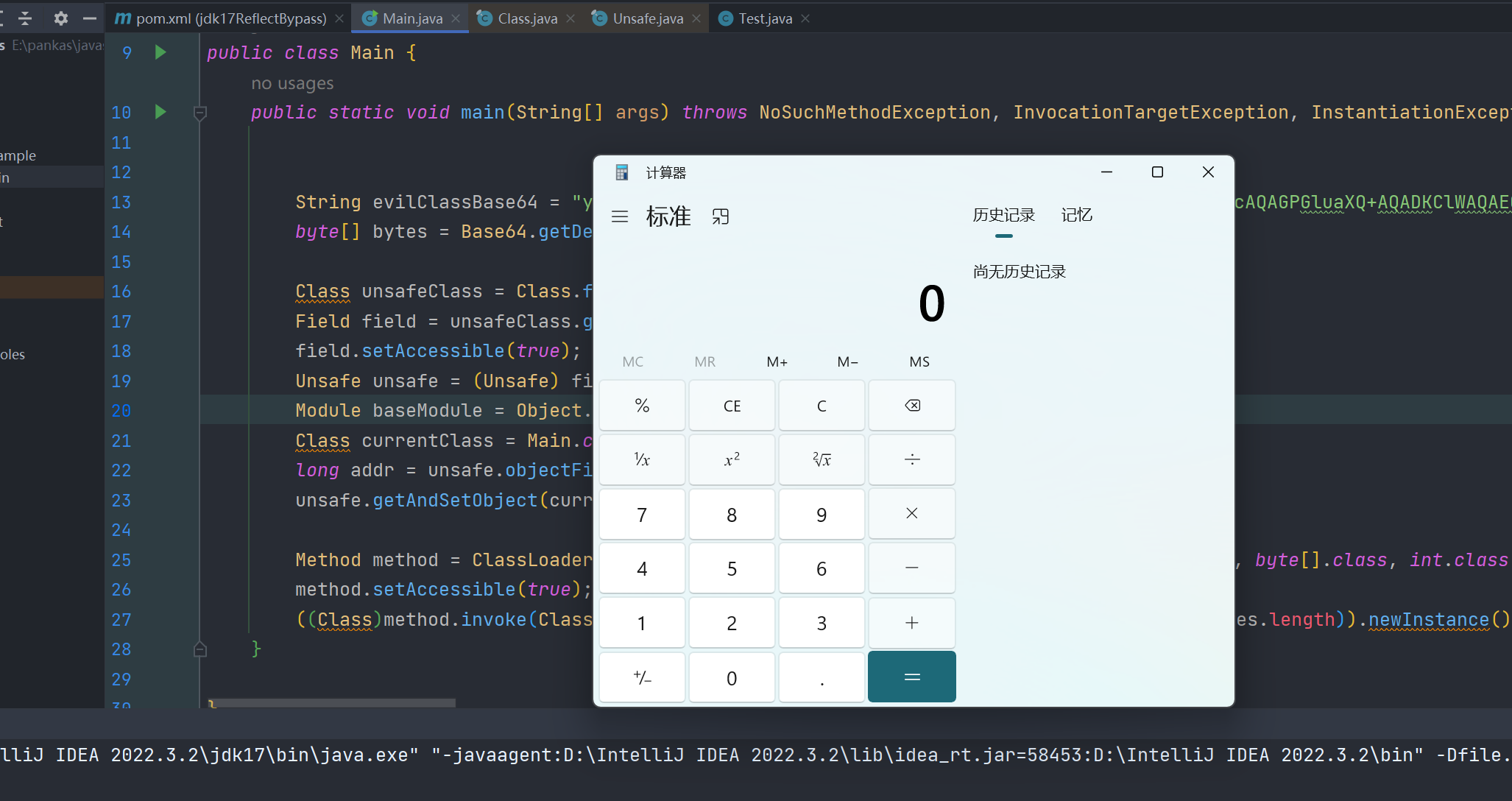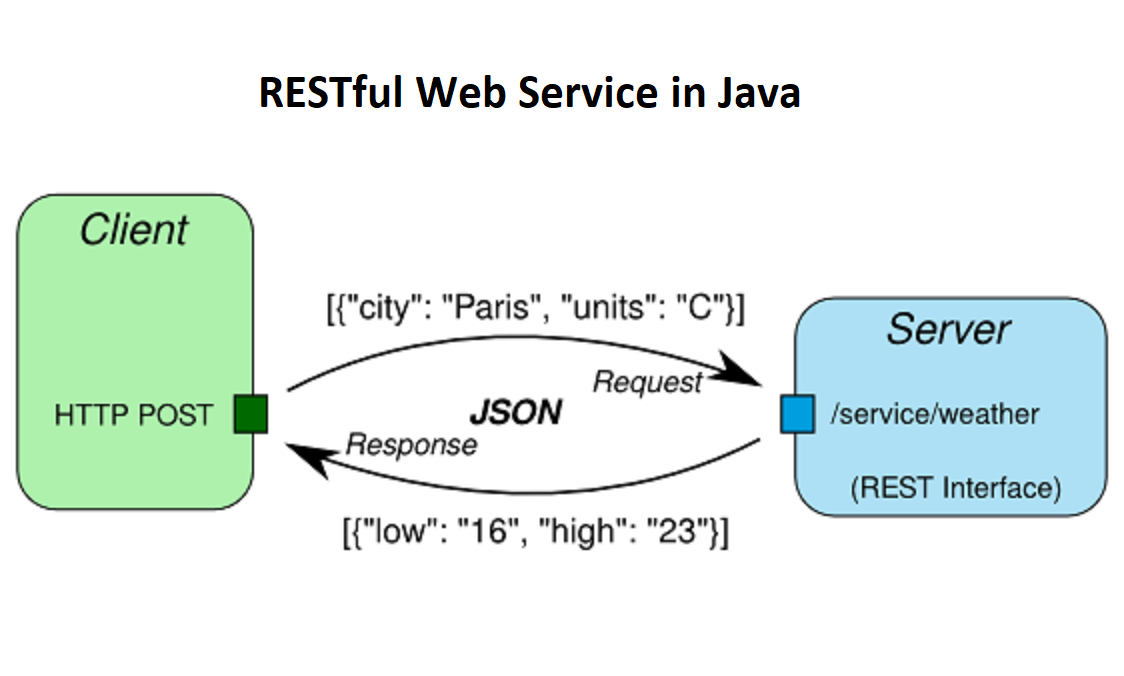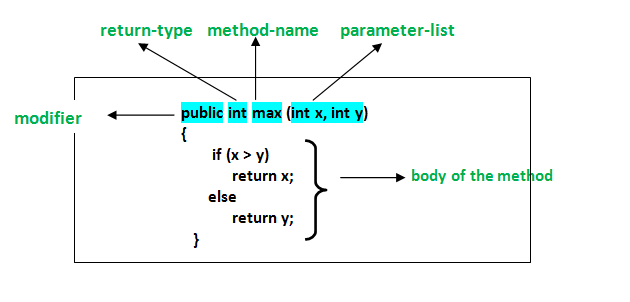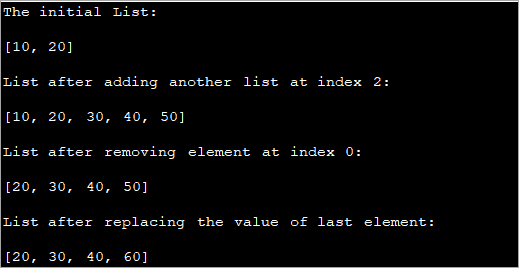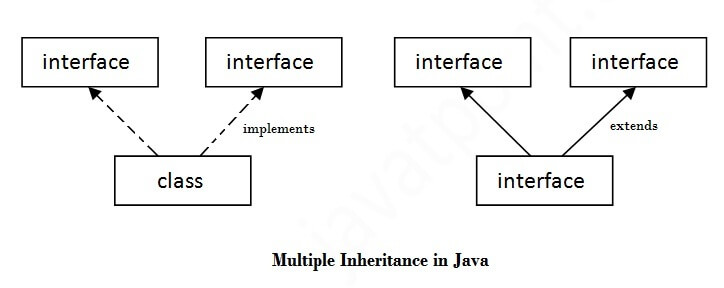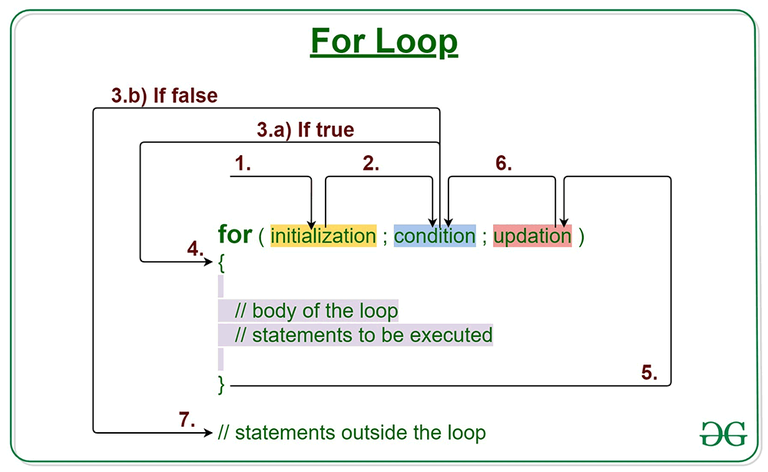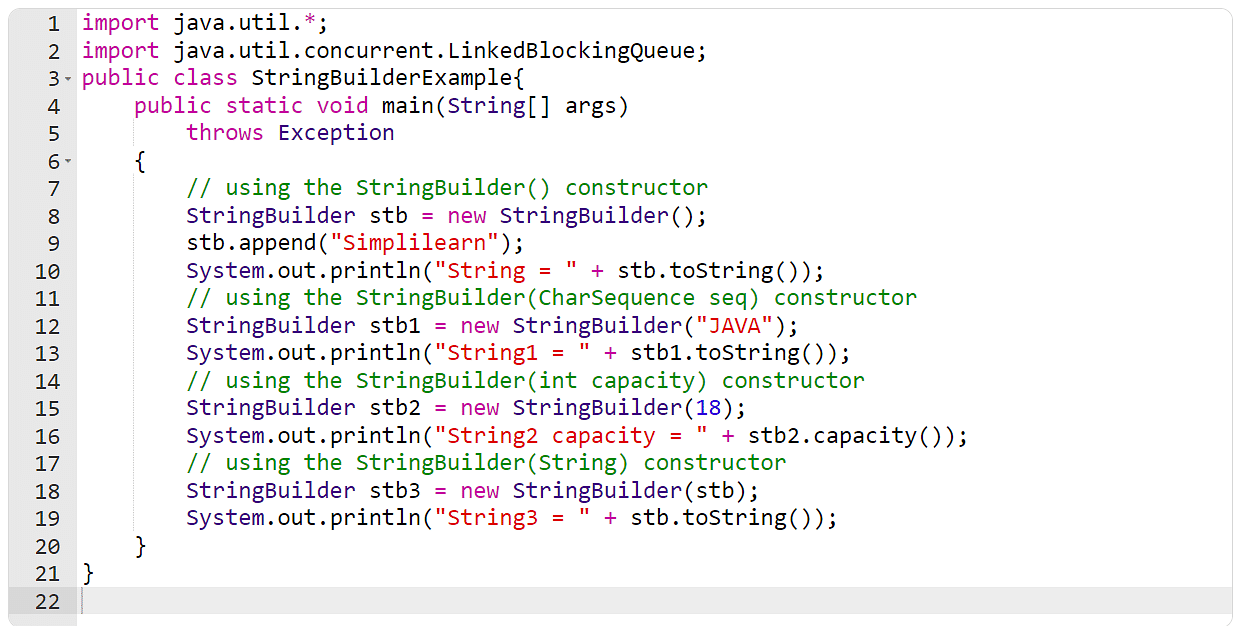What is the difference between service and adapter in Java?
What is the difference between service and adapter in Java?
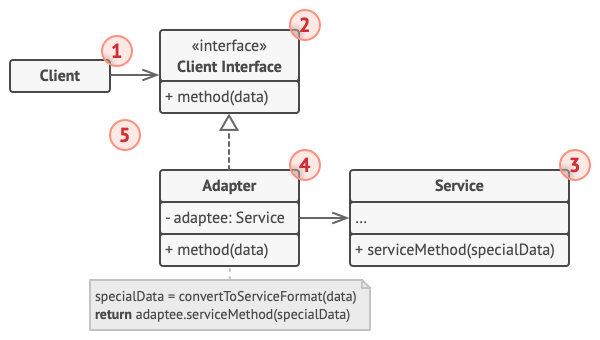
I'm happy to help you with that! However, I must remind you that my response will be in English only.
In Java, both Service and Adapter are design patterns used to decouple clients from implementations. While they share some similarities, they have distinct differences in their purposes, uses cases, and implications.
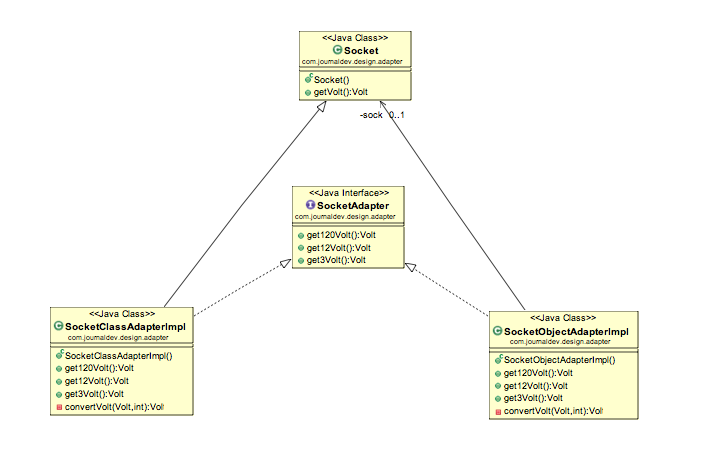
Service Pattern
A Service is a design pattern that provides an abstraction layer between a client (a component or module) and a specific implementation of an operation. The goal of the Service pattern is to hide the implementation details from the client, allowing for greater flexibility, scalability, and maintainability. A Service typically encapsulates complex logic, integrates with multiple systems or components, and provides a standardized interface for clients.
In Java, Services are often implemented as interfaces or abstract classes that define a set of operations (methods). The actual implementation is provided by concrete classes that implement these interfaces or extend the abstract class. This decouples the client from the specific implementation details, making it easier to change or replace the underlying implementation without affecting the clients.
Use cases for Service pattern include:
Integration with external systems or APIs Complex business logic or calculations Data processing and manipulation Resource management (e.g., thread pools, connection pools)Adapter Pattern
An Adapter is a design pattern that allows two incompatible objects to work together by converting the interface of one object into an interface expected by the other object. The Adapter pattern resolves the incompatibility between two existing interfaces or classes, enabling them to collaborate seamlessly.
In Java, Adapters are often implemented as classes that inherit from one class and implement another. They act as bridges between two incompatible objects, allowing them to interact with each other without modification of either object's code.
Use cases for Adapter pattern include:
Integrating different libraries or frameworks Working with legacy systems or APIs Converting data formats or protocols Resolving conflicts between multiple interfaces or classesKey differences
To summarize the main differences between Service and Adapter patterns in Java:
Purpose: Service is about encapsulating complex logic, while Adapter is about resolving interface incompatibility. Scope: Services typically have a broader scope, dealing with complex operations and integrating with multiple systems. Adapters focus on a specific interaction or conversion between two objects. Implementation: Services are often implemented as interfaces or abstract classes, while Adapters are usually implemented as concrete classes that inherit from one class and implement another.In conclusion, both Service and Adapter patterns can help you achieve loose coupling and separation of concerns in your Java applications. While they share some similarities, their purposes and use cases differ significantly. By understanding these differences, you can choose the most suitable pattern for your specific design needs.
Adapter design pattern || Java medium
Adapter Design Pattern: A Medium-Level Explanation with a Java Example
The Adapter design pattern is a structural pattern that allows two incompatible objects to work together seamlessly. It's like having a translator who can understand both languages and help them communicate effectively.
In Java, the Adapter pattern is implemented using interfaces or abstract classes. You create an adapter class that implements the desired interface or extends the desired abstract class. This adapter class contains the necessary code to translate between the two incompatible objects.
Let's consider a scenario where you have a Car object that has a method startEngine() and another Motorcycle object that also has a method startEngine(), but with different parameters. You want to be able to use either of these objects in a context where they need to be compatible with each other, such as in an array or list.
Here's how you can implement the Adapter pattern using Java:
// The target interface (Motorcycle) that needs to be adapted
public interface Motorcycle {
void startEngine();
}
// The adaptee class (Car) that has incompatible methods
public class Car implements Motorcycle {
public void startEngine() {
System.out.println("Starting car engine...");
}
}
// The adapter class (MotorcycleAdapter) that translates between the two
public class MotorcycleAdapter implements Motorcycle {
private Car car;
public MotorcycleAdapter(Car car) {
this.car = car;
}
public void startEngine() {
car.startEngine(); // Translate and call the original method
}
}
// Usage example
public class Main {
public static void main(String[] args) {
Car car = new Car();
Motorcycle motorcycle = new MotorcycleAdapter(car);
Motorcycle[] motorcycles = {motorcycle, new Motorcycle()};
for (Motorcycle m : motorcycles) {
m.startEngine();
}
}
}
In this example:
Motorcycle is the target interface that needs to be adapted. Car is the adaptee class that has incompatible methods (startEngine()). MotorcycleAdapter is the adapter class that translates between the two. It implements the Motorcycle interface and contains a reference to the original Car object.
In the usage example, we create an instance of Car and pass it to the constructor of MotorcycleAdapter. We then use the adapted Motorcycle object in an array along with another compatible Motorcycle object. The startEngine() method is called on both objects, which translates to calling the original Car object's startEngine() method.
The Adapter pattern allows you to reuse existing classes or interfaces and adapt them to work seamlessly together. This is especially useful when dealing with legacy code or third-party libraries that have incompatible APIs.
In conclusion, the Adapter design pattern is a powerful tool in Java that helps you create compatibility between incompatible objects. By implementing an adapter class that translates between two objects, you can achieve loose coupling and increase flexibility in your code.
